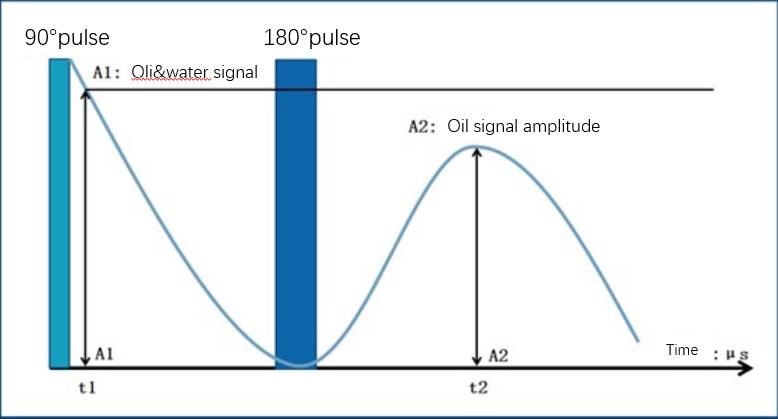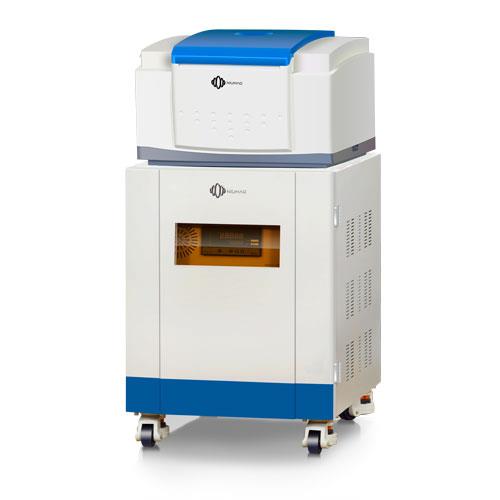Chocolate Fat Content Measured by NMR
The chocolate fat content is typically measured as a percentage by weight. This measurement refers to the proportion of fat (specifically cocoa butter) in the chocolate product. The fat content is often listed on the nutrition label or product packaging.
It’s important to note that the fat content can vary between different brands and types of chocolate. Some brands may provide a range for the fat content (e.g., 50-70%) to account for natural variations in the manufacturing process or different cocoa percentages used.
Chocolate Fat Content Importance
Cocoa butter is main source of fat in chocolate, contributes to its texture, flavor, and melting properties. However, here are a few approaches that can help control the chocolate fat content :
Adjusting the Recipe: Chocolate recipes often involve a specific ratio of ingredients, including cocoa solids, cocoa butter, sugar, and sometimes milk solids. By modifying the proportions of these ingredients, you can influence the chocolate fat content. For example, reducing the amount of cocoa butter or using lower-fat alternatives can lower the fat content in the final product.
Cocoa Percentage: Choosing chocolate with a higher cocoa percentage can lead to a relatively lower fat content. Dark chocolate with a high cocoa percentage typically contains less sugar and fat compared to milk chocolate or white chocolate.
Cocoa Butter Substitutes: In some instances, cocoa butter can be partially or fully replaced with cocoa butter substitutes or alternative fats. These substitutes can reduce the overall fat content while maintaining some of the desirable characteristics of chocolate. However, it’s important to note that these substitutes may affect the texture and taste of the final product.
Portion Control: Monitoring portion sizes and consumption can help control the fat intake from chocolate. Enjoying chocolate in moderation can be a part of a balanced diet.
Chocolagte fat content can affect its taste, texture, and overall quality. Therefore, it’s essential to consider the desired outcome and balance it with the sensory aspects of chocolate that make it enjoyable.
Chocolate Fat Content Measure by NMR
The NMR signal comes from the hydrogen nucleus in the sample, and the chocolate fat content products is proportional to the intensity of the collected NMR signal. By establishing the corresponding relationship between the fat and the NMR signal to obtain a standard curve, the fat content in the unknown sample can be quickly measured.
The quality and taste of chocolate largely depend on its ingredients. The chocolate fat content is an important physical and chemical index to measure its quality. At present, the chocolate fat content can be measured by solvent extraction, which is very time-consuming and requires professional operators and introduces dangerous chemical solvents. It has many disadvantages, such as low efficiency, large human error and so on. LF NMR can quickly and accurately measure the chocolate fat content in chocolate to ensure product quality control.
 NIUMAG
NIUMAG


